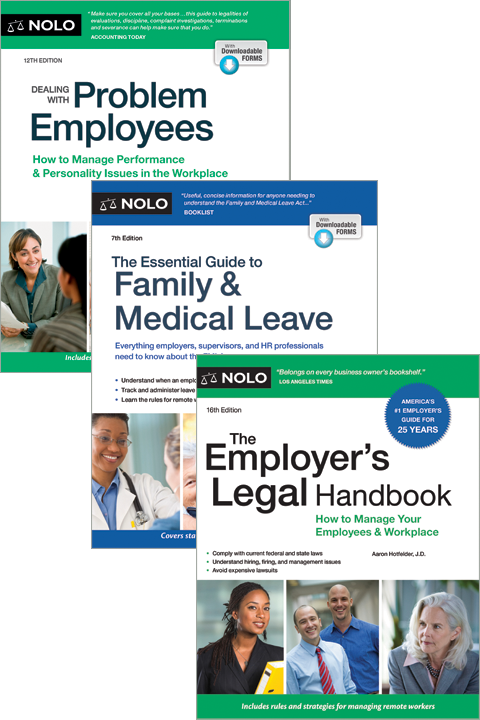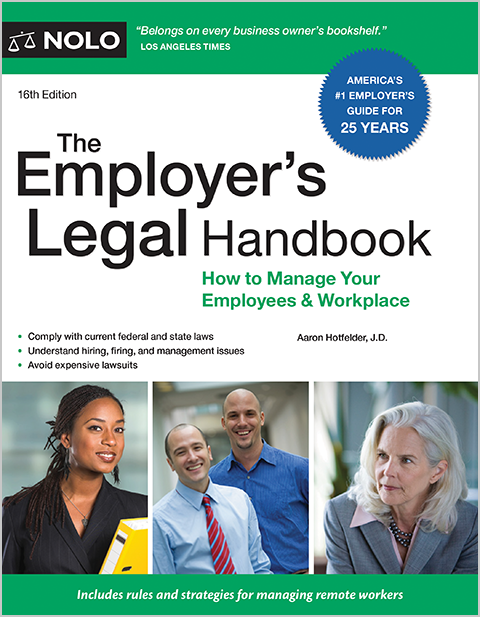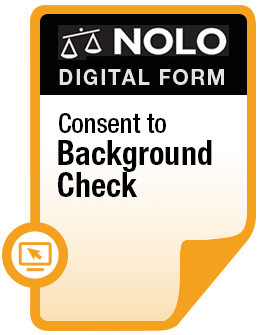Employers may discriminate based on disability if the employee would pose a direct threat to safety or health.
The Americans with Disabilities Act (ADA) protects employees and applicants from job discrimination based on disability. Employers may not discriminate against employees who are qualified for the job (that is, they have the necessary experience, education, licensing, and so on) and are able to perform its essential functions, with or without accommodation.
The ADA requires employers to make reasonable accommodations for employees with disabilities, to allow them to perform their jobs.
However, even an employee who has a disability as defined by the ADA, and can perform the essential functions of the job, may be fired based on his or her disability if the employee poses a "direct threat." Under the direct threat defense, an employer may fire or refuse to hire an employee who poses a significant safety risk.
What's Considered a Direct Threat Under the ADA?
Under the ADA, a direct threat refers to a significant risk of substantial harm that cannot be eliminated or reduced through reasonable accommodation. It involves a specific assessment of the individual's abilities, the nature of the disability, and the potential harm to others. The determination of a direct threat must be based on objective evidence and not on stereotypes or assumptions about disabilities.
For example, if a job involves working at heights, and an employee has a medical condition that affects their balance or coordination, their impairment might be deemed a direct threat to their safety and the safety of others in the workplace.
The Direct Threat Defense
The ADA creates an exception for employers who fire or refuse to hire an employee who poses a direct threat. A direct threat is defined as a significant risk of substantial harm to the health or safety of that employee or others, which cannot be eliminated or reduced by a reasonable accommodation.
This defense is intended to shield employers who must take an employee's disability into account in order to protect employees from significant danger. For example, an employee with uncontrolled epilepsy and frequent seizures might not be able to safely operate heavy machinery. Even though the safety risk is caused directly by the employee's disability, the employer can fire the employee if he or she poses a direct threat, as defined above.
Direct Threat Assessment
The direct threat defense is a narrow exception to the general rule that employers may not discriminate based on disability. An employer's determination that an employee poses a direct threat cannot be based on fears, misconceptions, or stereotypes about the employee's disability.
For example, an employer could not refuse to hire an employee who is HIV positive based on the incorrect assumption that HIV can be spread through casual contact. Instead, the employer must make a reasonable medical judgment, relying on the most current medical knowledge and the best available objective evidence.
In deciding whether a direct threat exists, an employer should consider:
- the duration of the risk
- the nature and severity of the potential harm
- how likely it is that the potential harm will occur, and
- how imminent the potential harm is.
These factors must be weighed against each other to decide whether a direct threat is present. For example, if an employee's condition could threaten the lives of many employees and bystanders, the employee might pose a direct threat even if such an incident wasn't very likely. On the other hand, if it is very likely that an employee will cause imminent harm, the severity of such an incident might not have to be as high to prove a direct threat.
Examples of Direct Threat
Courts are perhaps most likely to rule in favor of an employer if the employee's disability creates the possibility of loss of consciousness or motor control and the employee's position involves operating machinery or heavy equipment. For example, a federal Court of Appeals recently found that an employer was legally entitled to fire an employee whose heart condition led to angina spasms that caused dizziness, fatigue, and shortness of breath.
The employee was moved from his job operating a forklift after he was found almost passed out. Although the employer moved him to another position, it ultimately fired him because it found that his condition made it too dangerous for him to work around heavy machinery or alone, and all available jobs included those requirements.
However, this isn't the only situation in which the direct threat defense might come up. The Supreme Court found, for example, that it would be a direct threat for an employee with Hepatitis C to work in an oil refinery, because the employee's liver problems would be exacerbated by exposure to the refinery's toxins.
An employee with a contagious disease might pose a direct threat in a food handling position, and an employee whose medication for a disability causes drowsiness might be a direct threat in a position that requires driving. It all depends on the facts about the employee's condition and the demands of the employee's position.
Contact an Employment Law Attorney
If your employer has told you that your disability cannot be accommodated in the workplace, or that your disability poses a direct threat to yourself or others, it might be worth contacting an attorney specializing in employment law. A lawyer can explain your legal rights and help you determine whether to take legal action.



